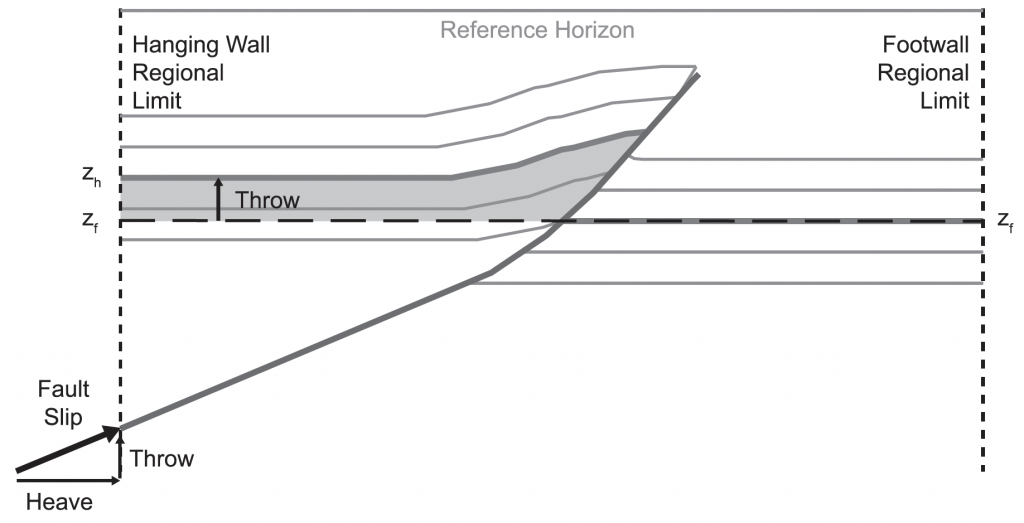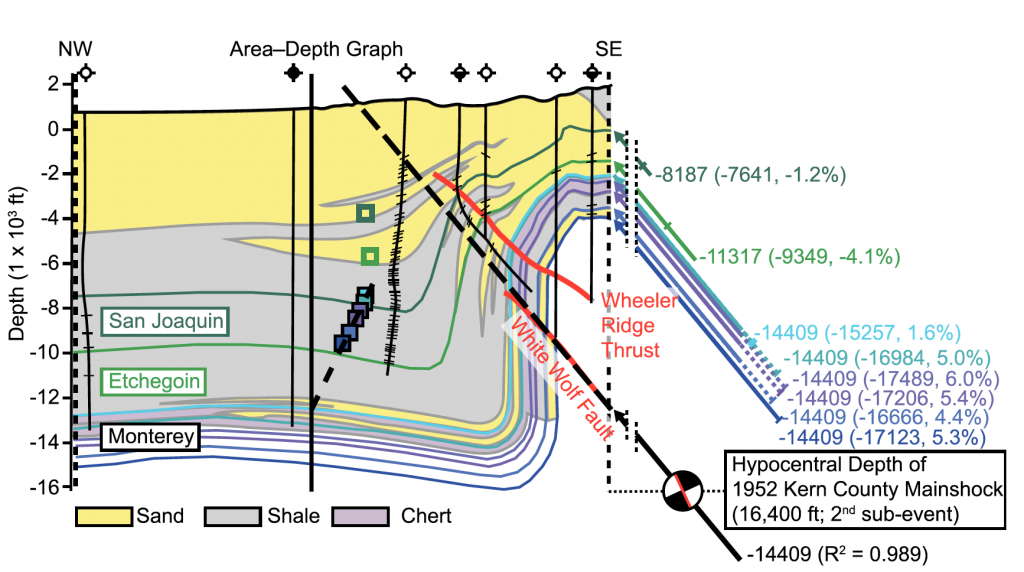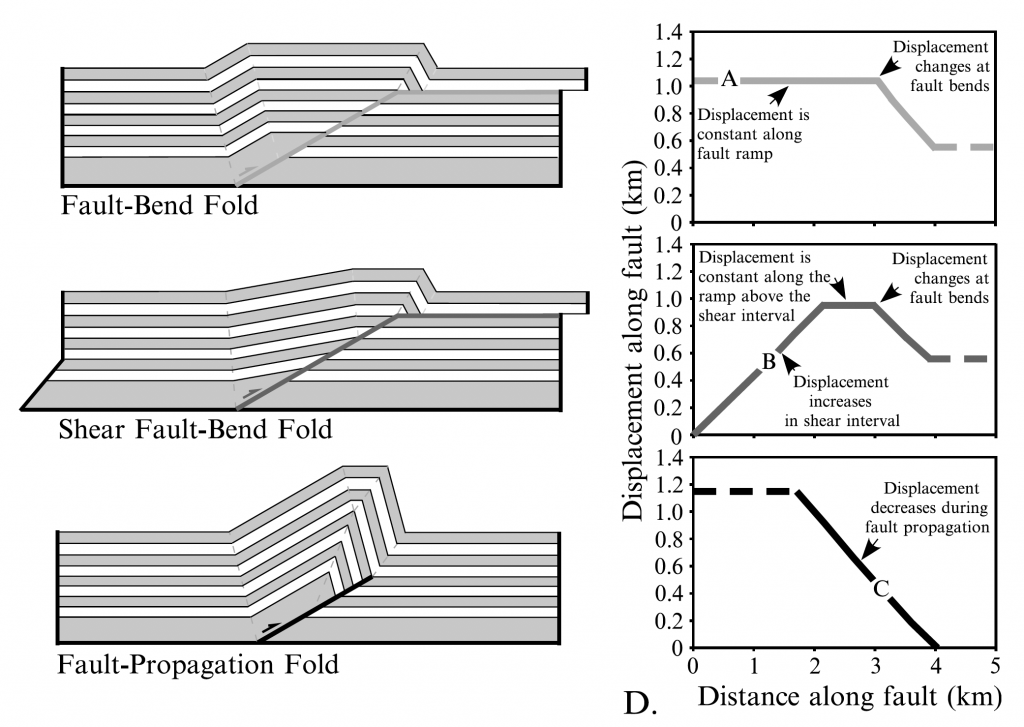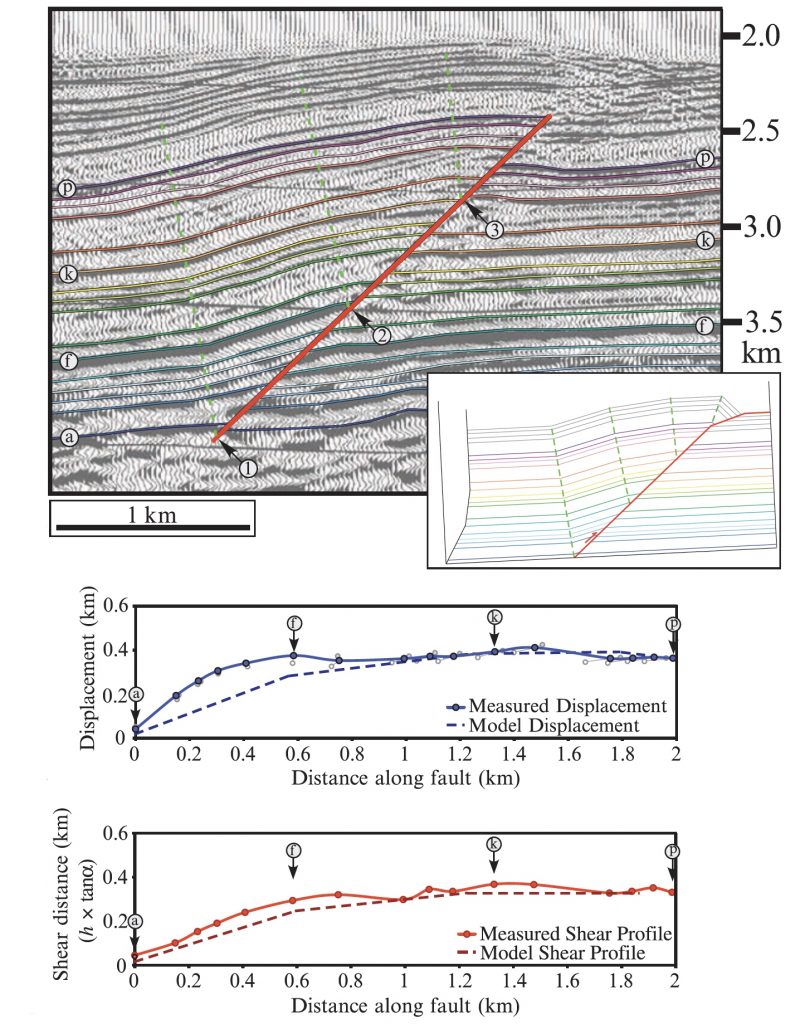Whether dealing with surface geology, well data, seismic reflection data, or a combination of these, geologists are faced with ambiguity and difficult decisions when interpreting geologic structures. In all cases, sparse data requires “connecting the dots” between data constraints with sensible interpretations; best practices in doing so require deciding what style of structure you are dealing with (fault bend fold, fault propagation fold, detachment fold, etc.). This can be challenging in certain areas because data is sparse, or where structures are complicated by either not being well characterized by an end-member structural style, such as fault-bend folding, or, by the overprinting of structural styles over time.


Therefore, I am interested in the development of new methods, or joint application of existing methods, to interpret structural style with more confidence from observations that can be made objectively from the data available. These include generalized area depth relationships for predicting the trajectory of faults at depth (Eichelberger et al., 2017), the relationship between the distribution of displacement along faults and structural style (Hughes and Shaw, 2014), and combinations of these and other quantitative methods (Eichelberger et al., 2015) to reduce interpretation uncertainty.


Related publications:
Eichelberger, N.W., A.G. Nunns, R.H. Groshong, and A.N. Hughes (2017), Direct estimation of fault trajectory from structural relief, American Association of Petroleum Geologists Bulletin, 101 (5), p. 635-653. Link
Eichelberger, N.W., A.N. Hughes, and A.G. Nunns (2015), Combining multiple quantitative structural analysis techniques to create robust structural interpretations, Interpretation, 3 (4), p. 89-104. Link
Hughes, A.N., and J.H. Shaw, (2014), Fault Displacement-Distance Relationships as Indicators of Contractional Fault-related Folding Style, American Association of Petroleum Geologists Bulletin, 98 (2), p. 227-251. Link